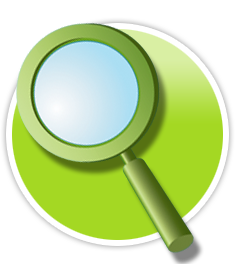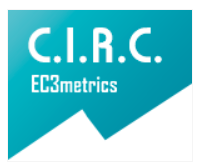Description of the oral sensorimotor system in children 1-5 years with down syndrome
Caracterización del sistema sensoriomotor oral en niños de 1- 5 años con Síndrome de Down
Main Article Content
Down syndrome is a genetic disorder caused by the presence of an extra copy of chromosome 21, characterized by varying degrees of mental retardation and peculiar physical features that
give a distinctive look. This article aims to discuss the results obtained in the characterization of oral sensorimotor system in children from 1 to 5 years with Down syndrome. We conducted
a descriptive study using an instrument to 16 subjects, taking into account the anatomy of the stomatognathic system, oral motor and sensory integration, finding definite differences in Sensory and orofacial motor skills.
Publication Facts
Reviewer profiles N/A
Author statements
Indexed in
- Academic society
- Bogotá: Corporación Universitaria Iberoamericana
- Publisher
- Bogotá: Corporación Universitaria Iberoamericana
Article Details
Ayres, J. (2007) La integración señorial y el niño. (Teresa Carbona Lobo) México: Trillas.(Trabajo original publicado en 1998)
Dmitriev, V. (2001). El bebé con síndrome de Down: manual de estimulación temprana. Mexico: Trillas.
Dunn, W. (2001). The Sensations of Everyday Life: Empirical, Theoretical, and Pragmatic Considerations. American Journal of Occupational Therapy.
Gutiérrez, L. J. (2002). El niño Down: Mitos y realidades. México: Manual Moderno.
Libby, K. Ph. D. (2001) CCC- SLP. Guía de recursos: Dificultades con las habilidades motoras orales en niños con síndrome de
Down. Loyola College, Columbia, MD Lou Royo, M A. (1999) Logopedia ámbitos de intervención. Malaga: Aljibe.
Love, R. (1998). Neurología para especialistas del habla y el lenguaje. Madrid, España: Médica Panamericana.
Pasmiño Cruzatti, I. (2008).Tiempo de investigar,investigación científica 2: cómo hacer una tesis de grado. Ecuador: Editeka.
Pérez, M M. Santos Moreno, M G. (2007) Terapia orofacial en el síndrome de Down y otras cromosomopatías: Talleres teóricoprácticospadres – hijos. Revista Síndromede Down 23: 114-119. Extraido el 2 de Noviembre de 2011, desde http://www.downcantabria.com/revistapdf/91/114-119.pdf
Pueschel, S. M & Pueschel, J. K. (1994). Síndrome de Down: Problemática médica. Barcelona, España: MASSON.
Pueschel, S M. Sindrome de Down (2001): hacia un futuro mejor. Barcelona: MASSON.Resolución 8430/1993 Art.6,14,15,16
Reyes, M.P & Rivera, H.M (1999). Ficha de funciones del sistema estomatognático relacionadas con la alimentación. Ficha anatomofiológica de Órganos Fonoarticuladores.ISBN-958-33-15885
Rosenfeld, M.S (2000) CCC/SLP. Los Mitos Oromotores del Síndrome de Down. Traducido por Alexandra Rangel Cabrera College of Education. University of Arizona.
Webb, W & Adler, R (2010).Neurología para logopedas.Barcelona, España: MASSON.
Lizama, M. (2008) El niño con síndrome de Down. Sitio web de la escuela de medicina de la pontificia Universidad Católica de chile.Disponible en:http://escuela.med.puc.cl/publ/pediatriaHosp/SindromeDown.html












